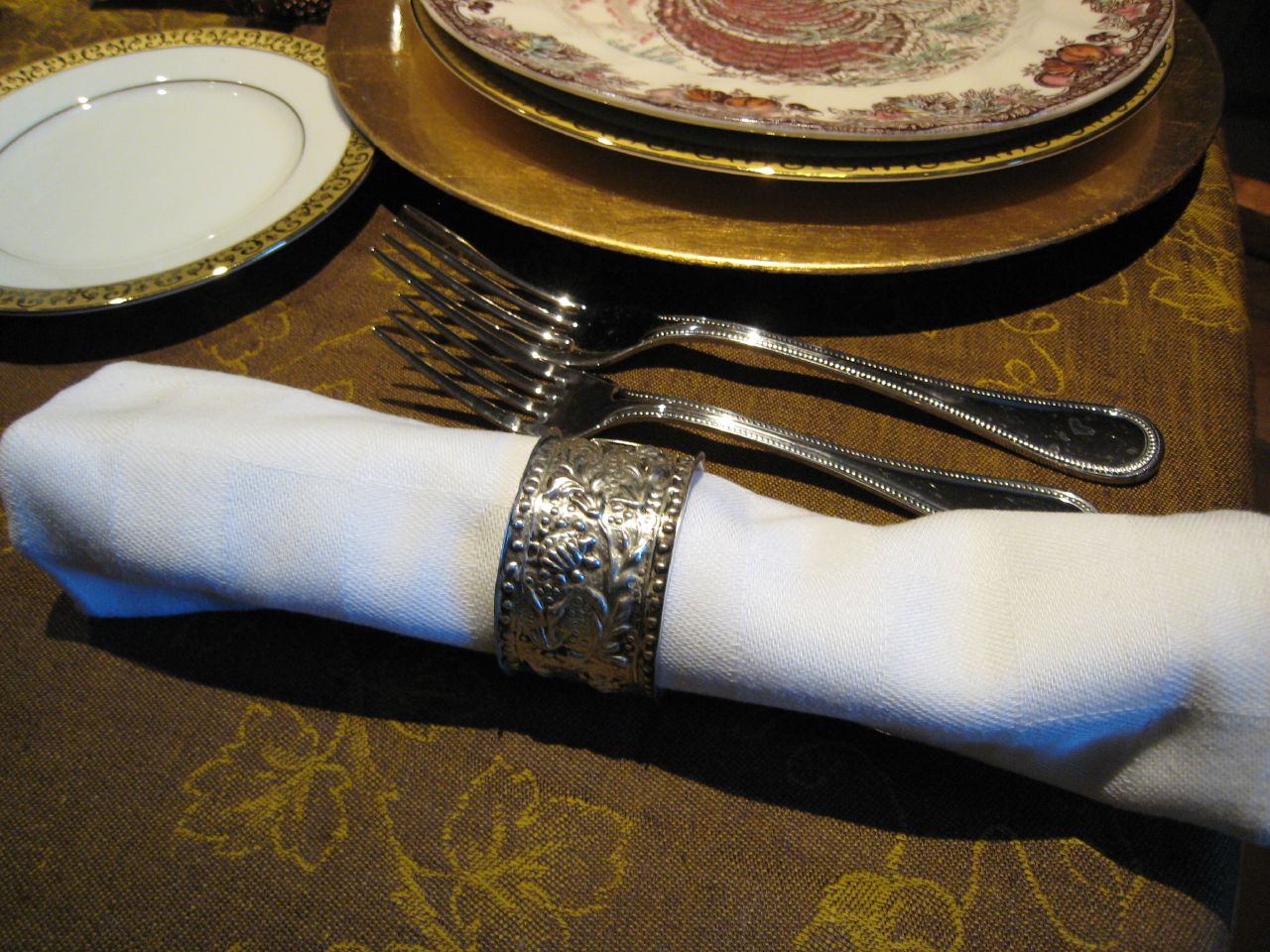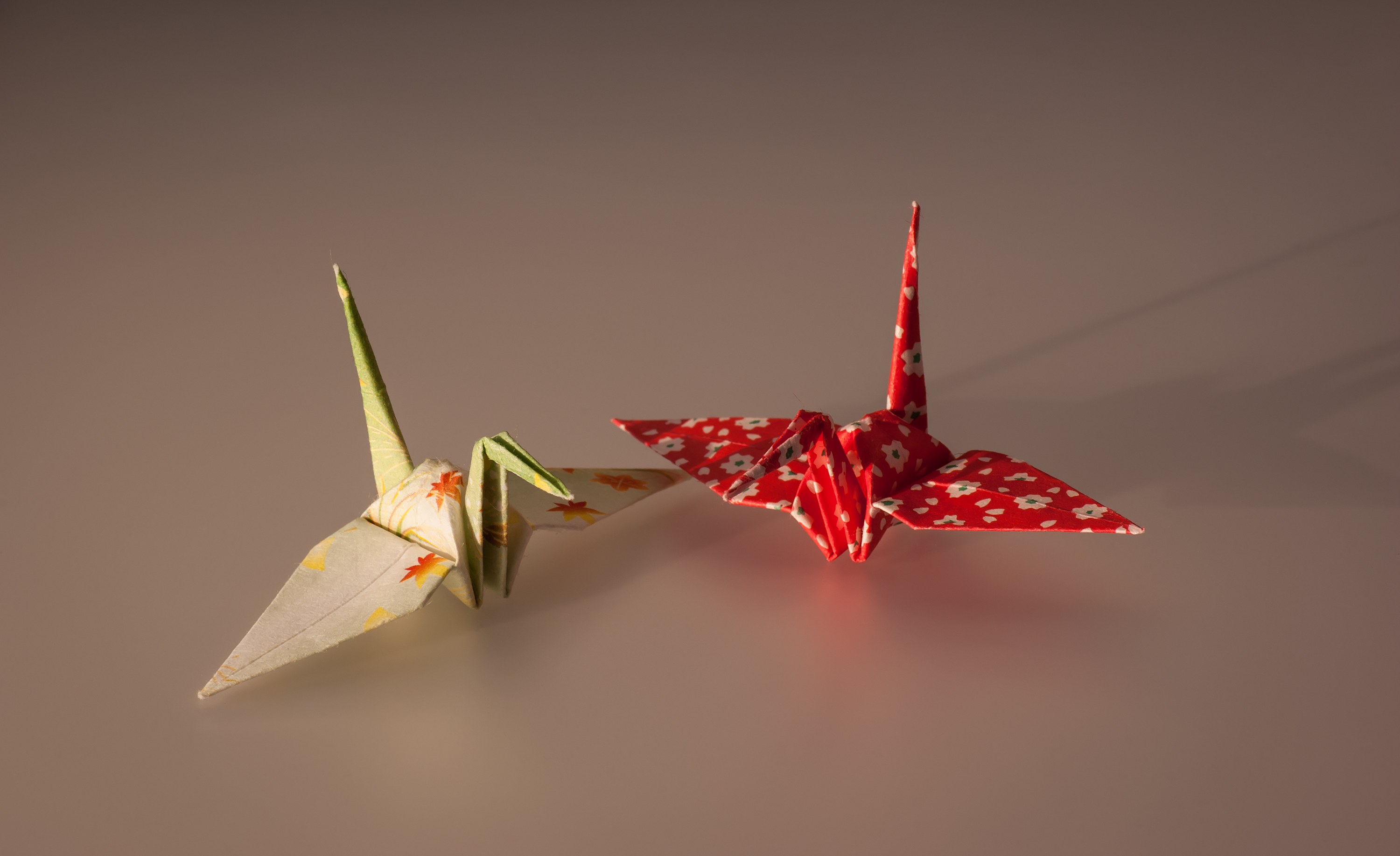|
Napkin Folding
Napkin folding is a type of decorative folding done with a napkin. It can be done as art or as a hobby. Napkin folding is most commonly encountered as a table decoration in fancy restaurants. Typically, and for best results, a clean, pressed, and starched square cloth (linen or cotton) napkin is used. There are variations in napkin folding in which a rectangular napkin, a napkin ring, a glass, or multiple napkins may be used. History The earliest instruction manual for the artistic folding of napkins was published in 1639 by Matthia Gieger, a German meat carver working in Padua, as a part of a series of treatises on culinary arts titled ''Le tre trattati''. Napkin folding has a centuries-old history and dates back to the times of Louis XIV of France LouisXIV (Louis-Dieudonné; 5 September 16381 September 1715), also known as Louis the Great () or the Sun King (), was King of France from 1643 until his death in 1715. His verified reign of 72 years and 110 days is the Lis ... [...More Info...] [...Related Items...] OR: [Wikipedia] [Google] [Baidu] |
Decorative Folding
Decorative folding is an artistic type of folding similar to origami but applied to fabrics instead of paper. Some types of objects that can be folded are napkins, towels, and handkerchiefs. Folding can be done as a hobby or an art but is most commonly encountered as a decoration in luxury hotels (towels) or fancy restaurants (napkins). Napkin folding has a centuries-old history and dates back to the times of Louis XIV of France LouisXIV (Louis-Dieudonné; 5 September 16381 September 1715), also known as Louis the Great () or the Sun King (), was King of France from 1643 until his death in 1715. His verified reign of 72 years and 110 days is the List of longest-reign .... As opposed to paper origami, folding fabrics generally requires less precision; "molding" is introduced as part of the artistic process adding an element similar to modeling in clay. See also * Furoshiki * List of decorative knots * Hotel toilet paper folding * Towel animal Notes and references ... [...More Info...] [...Related Items...] OR: [Wikipedia] [Google] [Baidu] |
Napkin
A napkin, serviette or face towelette is a square of cloth or paper tissue used at the table for wiping the mouth and fingers while eating. It is also sometimes used as a bib by tucking it into a shirt collar. It is usually small and folded, sometimes in intricate designs and shapes. Etymology and terminology The term 'napkin' dates from the 14th century, in the sense of a piece of cloth or paper used at mealtimes to wipe the lips or fingers and to protect clothing. The word derives from the Late Middle English ''nappekin'', from Old French '' :wikt:nappe#French">nappe'' (tablecloth, from mappa''), with the suffix '' -kin''. A 'napkin' can also refer to a small cloth or towel, such as a :wikt:-kin#English">-kin''. A 'napkin' can also refer to a small cloth or towel, such as a handkerchief in dialectal British, or a kerchief">handkerchief">:wikt:-kin#English">-kin''. A 'napkin' can also refer to a small cloth or towel, such as a handkerchief in dialectal British, or a k ... [...More Info...] [...Related Items...] OR: [Wikipedia] [Google] [Baidu] |
Cotton
Cotton (), first recorded in ancient India, is a soft, fluffy staple fiber that grows in a boll, or protective case, around the seeds of the cotton plants of the genus '' Gossypium'' in the mallow family Malvaceae. The fiber is almost pure cellulose, and can contain minor percentages of waxes, fats, pectins, and water. Under natural conditions, the cotton bolls will increase the dispersal of the seeds. The plant is a shrub native to tropical and subtropical regions around the world, including the Americas, Africa, Egypt and India. The greatest diversity of wild cotton species is found in Mexico, followed by Australia and Africa. Cotton was independently domesticated in the Old and New Worlds. The fiber is most often spun into yarn or thread and used to make a soft, breathable, and durable textile. The use of cotton for fabric is known to date to prehistoric times; fragments of cotton fabric dated to the fifth millennium BC have been found in the Indus Valley civilizat ... [...More Info...] [...Related Items...] OR: [Wikipedia] [Google] [Baidu] |
Napkin Ring
The napkin ring, occasionally called a Christening bangle, was originally used to identify the napkins of a household between weekly wash days. The figural napkin ring is an American specialty in which the simple napkin ring is part of a small figure or sculpture that may take any shape and show any motif. Napkin rings appear as single items with the name or initials of the owner, notably given as christening presents, or pairs often given as gifts at weddings and silver weddings. In the English speaking countries, numbered sets of 4, 6, 8, 10 or 12 napkin rings are found. Napkin rings are an invention of the European bourgeoisie, first appearing in France about 1800 and soon spreading to all countries in the western world. Most 19th century napkin rings were made of silver or silver plate, but others were made in bone, wood, pearl embroidery, porcelain, glass, and other materials. In the 20th century, bakelite Bakelite ( ), formally , is a thermosetting polymer, thermosettin ... [...More Info...] [...Related Items...] OR: [Wikipedia] [Google] [Baidu] |
Louis XIV Of France
LouisXIV (Louis-Dieudonné; 5 September 16381 September 1715), also known as Louis the Great () or the Sun King (), was King of France from 1643 until his death in 1715. His verified reign of 72 years and 110 days is the List of longest-reigning monarchs, longest of any monarch in history. An emblem of the Absolutism (European history), age of absolutism in Europe, Louis XIV's legacy includes French colonial empire, French colonial expansion, the conclusion of the Thirty Years' War involving the Habsburgs, and a controlling influence on the Académie royale de peinture et de sculpture, style of fine arts and architecture in France, including the transformation of the Palace of Versailles into a center of royal power and politics. Louis XIV's pageantry and opulence helped define the French Baroque architecture, French Baroque style of art and architecture and promoted his image as absolute ruler of France in the early modern period. Louis XIV began his personal rule of France ... [...More Info...] [...Related Items...] OR: [Wikipedia] [Google] [Baidu] |
Origami
) is the Japanese art of paper folding. In modern usage, the word "origami" is often used as an inclusive term for all folding practices, regardless of their culture of origin. The goal is to transform a flat square sheet of paper into a finished sculpture through folding and sculpting techniques. Modern origami practitioners generally discourage the use of cuts, glue, or markings on the paper. Origami folders often use the Japanese word ' to refer to designs which use cuts. In the detailed Japanese classification, origami is divided into stylized ceremonial origami (儀礼折り紙, ''girei origami'') and recreational origami (遊戯折り紙, ''yūgi origami''), and only recreational origami is generally recognized as origami. In Japan, ceremonial origami is generally called "origata" ( :ja:折形) to distinguish it from recreational origami. The term "origata" is one of the old terms for origami. The small number of basic origami folds can be combined in a variety of ... [...More Info...] [...Related Items...] OR: [Wikipedia] [Google] [Baidu] |
Table Setting
Table setting (laying a Table (furniture), table) or place setting refers to the way to set a table with tableware—such as eating utensils and for serving and eating. The arrangement for a single diner is called a place setting. It is also the layout in which the utensils and ornaments are positioned. The practice of dictating the precise arrangement of tableware has varied across cultures and historical periods. Place setting Informal settings generally have fewer utensils and dishes but use a layout based on more formal settings. food utensil, Utensils are arranged in the order and according to the manner in which the diner will use them. In the Western world, West, forks, plate, butter knife, and napkin generally are placed to the left of the dinner plate, and knife, knives, spoons, drinkware, stemware and tumblers, Teacup, cups, and saucers to the right. (By contrast, formal settings in Armenia place the fork to the right of the dinner plate and informal settings in Turke ... [...More Info...] [...Related Items...] OR: [Wikipedia] [Google] [Baidu] |
Tengkolok
''Tengkolok'' ( Jawi: ), also known as ''Tanjak'', ''Destar'' ( Minangkabau: ''Deta''; Kelantan-Pattani: Semutar; Brunei: Dastar) is a traditional Malay or Indonesian (Indonesia) and male headgear. It is made from long songket cloth folded and tied in a particular style (''solek''). Nowadays, it is usually worn in ceremonial functions, such as royal ceremonies by royalties, and wedding ceremonies by grooms. Name The terms ''tengkolok'', ''Tanjak'', and ''setanjak'' are synonyms; the word "tengkolok" also refers to "headgear or headcover worn by women", but the definition of women's headgear is rarely used today. (Indonesian) However, some people say that ''tengkolok'', ''tanjak'', and ''destar'' are different in terms of cloth type or tying even though the purpose is the same, which the tengkolok is a headgear made from cloth of good quality and its tying has many layers and tapers to tip; ''destar'' has low tying and its tying layers are fewer than ''tengkolok''; ''tanjak'' ... [...More Info...] [...Related Items...] OR: [Wikipedia] [Google] [Baidu] |
Textile Arts
Textile arts are arts and crafts that use fiber crop, plant, Animal fiber, animal, or synthetic fibers to construct practical or decorative Physical object, objects. Textiles have been a fundamental part of human life since the beginning of civilization. The methods and materials used to make them have expanded enormously, while the functions of textiles have remained the same, there are many functions for textiles. Whether it be clothing or something decorative for the house/shelter. The history of textile arts is also the history of international trade. Tyrian purple dye was an important trade good in the ancient Mediterranean. The Silk Road brought China, Chinese silk to India, Africa, and Europe, and, conversely, Sogdian art#Textile arts, Sogdian silk to China. Tastes for imported luxury fabrics led to sumptuary laws during the Middle Ages and Renaissance. The Industrial Revolution was shaped largely by innovation in textiles technology: the cotton gin, the spinning jenn ... [...More Info...] [...Related Items...] OR: [Wikipedia] [Google] [Baidu] |






